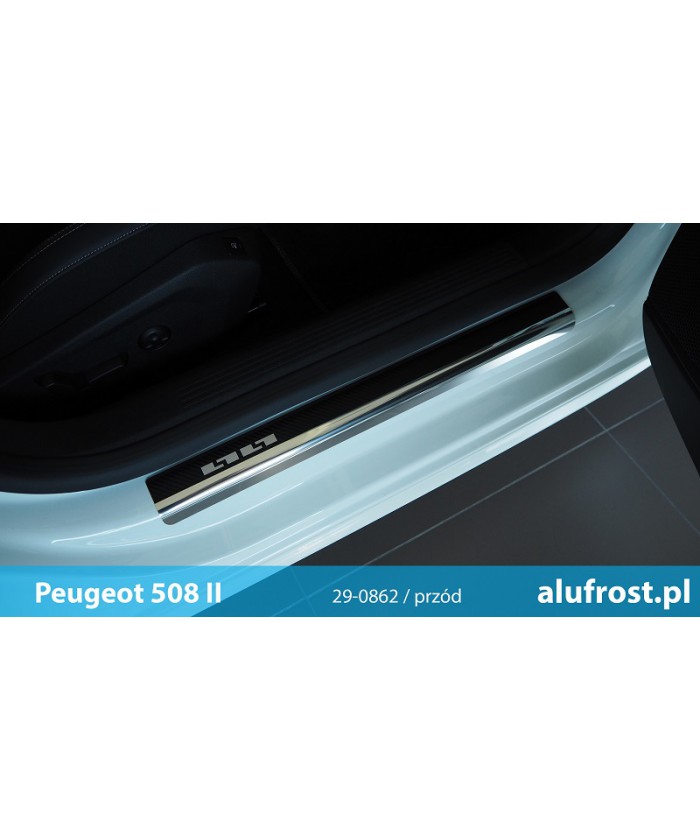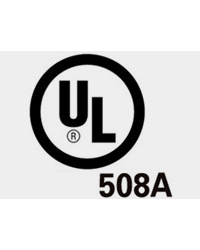Ul 508a Mtr Qualification Exam
UL 508A – The Standard. UL 508A – Industrial Machinery “The following types of machines are identified as industrial machinery: − Metalworking machine tools, machines that cut or form metal − Plastics Machinery, including injection molding, extrusion, blow molding, specialized processing, thermoset molding and size reduction. Industrial Control Panels according to US codes and standards must be designed correctly for the required short circuit, in order to be put into operation.
Now that you know the dark secrets about UL508A and UL Listed Control Panels, here are a few important considerations when choosing your control panel vendor. Do NOT buy a control panel for your project unless it is: Made from UL-listed components recognized for their specific application, Built according to UL standards,.
Eaton has created data tables, which will help you determine the SCCR for your industrial panel by providing the ratings for our products.
Eaton is committed to electrical safety and to providing our customers with UL listed & UL Recognized products and solutions. Eaton can add value by discovering mistakes before UL does, and prevent costly re-inspection. Re-inspection in the field can cost several thousand dollars. By purchasing coordinated components from Eaton, panel builders can simplify their SCCR compliance and take advantage of Eaton’s higher SCCR ratings for tested combinations.
To review commonly asked questions about UL508A and Eaton's products, please follow the instructions below for access to Product Expert:
- Under Knowledge Center select Product Expert
- Under Product Family select Codes and Standards
- Under Product Line select Underwriters Laboratories (UL)
- Then begin searching for solutions to questions.
-or-
In the search field, type in UL508A and contributions including this keyword will populate.
For specific questions about how to apply UL508A to your Industrial Control Panel, please email our Technical Resource Center at StandardsePod@eaton.com.

Ul 508a Exam
1. Purchase previously tested combinations from a major supplier that can be tabulated in the panel builder’s procedure. Eaton is a major component supplier that is committed to providing this information to our customers. Once you have all of the component ratings, either use an outside service or UL508A Supplement SB.
2. Test each panel construction and record the construction in a follow-up procedure. With the numerous possibilities for product combinations within a panel, this option will require a tremendous investment in testing and maintenance. The test has to be witnessed by a UL project engineer.
3. Utilize the method described in UL508A Supplement SB.

Sizing - Additional branch circuit protection - Fuseholder
31.3.1 The ampere rating and type of branch circuit protection for a single motor circuit, other than covered in 31.3.2 and 31.3.3, shall be determined based on the smaller of:
Ul 508a Pdf Download

a) Sizing in accordance with Table 31.1, by:
1) Determining the full-Ioad ampere rating corresponding to the motor horsepower rating from Table 50.1 or Table 50.2;
2) Determining the maximum percentage of full-Ioad amperes corresponding to the type of branch circuit device selected from Table 31.1; and
3) Multiplying (1) and (2);

b) Sizing based on component restrictions, as indicated by markings on components, the heater table of an overload relay, or in the instructions provided with components. In this case, the branch circuit protection selected shall be coordinated with all power circuit components on the load side of the protective device and shall:
1) Have an ampere rating not exceeding the manufacturers maximum specified rating; and
2) Be the same type of device specified by the manufacturer.
When used in instructions for a component, heater tables, or instruction manuals, the term 'fuse' shall refer to a branch-circuit type fuse and 'circuit breaker' shall refer to an inverse-time circuit breaker.
31.3.2 The branch circuit protection for a single-motor circuit provided with a variable-speed drive shall be of the type and size specified by the manufacturer's instructions provided with the drive. When the instructions do not specify the type and size, a branch-circuit fuse or inverse-time circuit breaker shall be used and shall be sized in accordance with 31.3.1(a) based upon the full-Ioad motor output current rating of the drive.
Exception N.1: Additional branch circuit protection is not required for a drive provided with integral inverse-time circuit breaker, branch-circuit, or semiconductor fuses in all ungrounded input conductors.
Exception N.2: Unless specified in the installation instructions for a variable-speed drive, a 'common bus' drive is not required to have individual branch circuit protective devices installed in the dc input conductors. See 31.4.2 for branch circuit protection for the power supply converter unit supplying dc bus power to the 'common bus' inverter sections.
31.3.3 Additional branch circuit protection is not required for a self-protected combination motor controller or a manual self-protected combination motor controller supplying a single motor load. The adjustable range of the self-protected combination motor controller shall be set for the motor full load current rating as determined from 31.3.1. The cautionary markings in 55.7 shall be provided.
31.3.4 Additional branch circuit protection is not required to be provided when an instantaneous-trip circuit breaker and all of the load side power components have been evaluated as a combination motor controller as specified in 31.1.1 and supply a single motor load. The adjustable range of the instantaneous-trip circuit breaker shall be able to be set for the rating determined from 31.3.1. The cautionary markings of 55.6 shall be provided.
31.3.5 A fuseholder shall be sized to accept a fuse in accordance with 31.3.1. The fuseholder shall be provided with the replacement fuse marking of 56.1 when:
a) The fuseholder accepts a fuse with an ampere rating greater than specified in 31.3.9;
b) The fuseholder accepts a fuse with an ampere rating Ihat exceeds a component restrlction as specified in 31.3.1(b); or
c) The fuseholder is intended for a semiconductor fuse.
31.3.6 The branch circuit protective device(s) provided in an industrial control panel for a multi-speed motor having two or more windings or a part winding motor shall have:
a) Individual branch circuit protection for each winding that complies with 31.3.1 based on the full load current rating of the protected winding; or
b) A single branch circuit protective device or set of branch circuit protective devices supplying all windings that complies with 31.3.1 based on the full load current rating of the smallest winding.
31.3.7 When the calculated ampere rating of the branch circuit protection as specified in 31.3.1 (a) does not correspond to a standard size fuse or circuit breaker, the next higher size fuse or inverse-ti me circuit breaker as specified in 31.3.8 shall be used.
Exception N.1: When the calculated ampere rating of the branch circuit protection specified in 31.3. 1(b) does not correspond to a standard size fuse or circuit breaker, the next lower standard size shall be used.
Ul 508a Standard Pdf
Exception N.2: When a circuit breaker is used as branch circuit protection of a motor circuit that is rated 3. 75 amperes or less in accordance with 31.3. 1, a 15-ampere circuit breaker is able to be used.

31.3.8 Standard ampere ratings for fuses and inverse-time circuit breakers are 15, 20, 25, 30, 35, 40, 45, 50,60,70,80,90,100,110,125,150,175,200,225,250, 300, 350, 400, 450, 500, 600, 601, 700,800, 1000,1200,1600,2000,2500,3000,4000,5000, and 6000. Additional ratings for fuses include 1,3,6, and 10.
31.3.9 Where the starting current of the motor opens the branch circuit protective device specified based on 31.3.1(a), the maximum rating or setting of the branch circuit protective device shall not exceed:
a) 400 percent of full-Ioad motor current for a non-time delay fuse or a Class CC time delay fuse not exceeding 600 amperes;
b) 300 percent of full-Ioad motor current for a non-lime delay fuse rated 601 amperes or greater;
c) 225 percent of full-Ioad motor current for a lime delay (dual element) fuse;
d) 400 percent of full-Ioad motor current for an inverse-time circuit breaker not exceeding 100 amperes;
e) 300 percent of full-Ioad motor current for an inverse-time circuit breaker rated more than 100 amperes; or
f) 1300 percent of full-Ioad motor current for an instantaneous-trip circuit breaker or 1700 percent of motor full load current for an instantaneous trip circuit breaker used with a high efficiency Design B motor.




